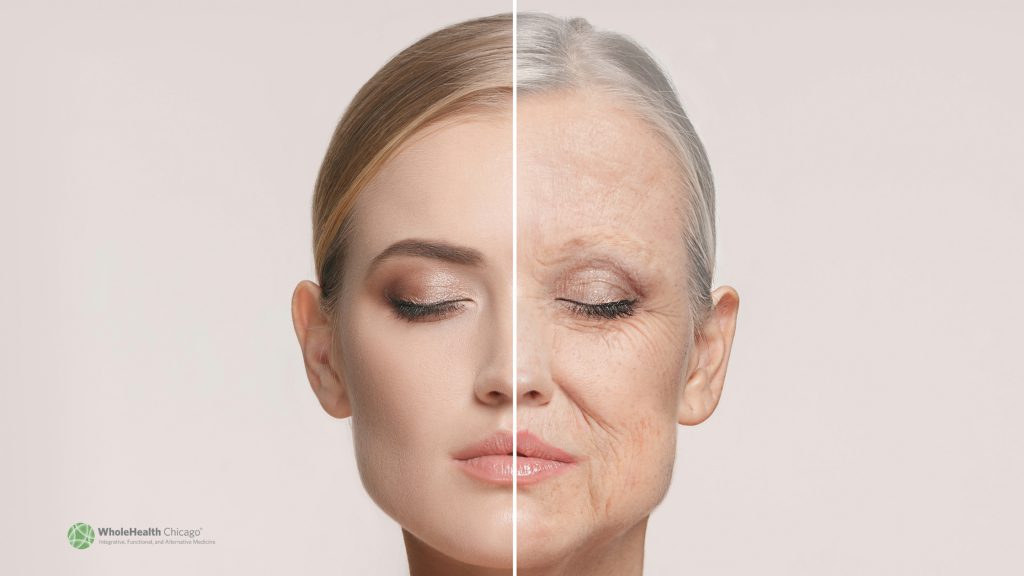
Most people associate hormones with mood, energy, or metabolism — but not with eyesight.
In reality, hormonal changes affect nearly every part of the eye, from tear production to focusing ability.
At Evolutionary Eye Care, we often see patients whose vision symptoms align with key life stages like puberty, pregnancy, or menopause. Here’s how hormones influence the way you see — and how to keep your eyes balanced through every chapter of life.
Hormones: The Hidden Regulators of Eye Function
Your eyes are lined with hormone receptors — for estrogen, testosterone, progesterone, and thyroid hormones.
These chemicals control how your eyes hydrate, process light, and regulate pressure.
When hormone levels rise or fall, your vision can fluctuate too.
Common symptoms linked to hormonal shifts include:
Dryness or irritation
Blurry or fluctuating vision
Light sensitivity
Eye strain or headaches
Contact lens discomfort
Puberty and Early Adulthood: Vision Still Developing
During adolescence, surges in hormones can alter the shape of the eye and affect focusing power.
Many teens experience their first myopia (nearsightedness) or astigmatism changes during this time.
In young adults, hormonal birth control can sometimes cause temporary dry eye due to estrogen dominance — affecting tear gland function and lens tolerance.
💡 Tip: Teens and young adults should schedule regular vision checks, especially if screen use is high or eyes feel frequently tired.
Pregnancy: Blurry Vision and Swelling Explained
Pregnancy triggers dramatic hormone shifts — especially in estrogen and progesterone — which increase fluid retention in the cornea.
This can temporarily change how light bends through the eye, leading to mild blurriness or contact lens discomfort.
Pregnant individuals may also experience:
Dry eyes from altered tear chemistry
Increased sensitivity to light
Temporary vision fluctuations due to fluid changes
Fortunately, most of these symptoms resolve after childbirth — but it’s always best to get checked if vision suddenly worsens or you see flashing lights (which may signal blood pressure issues).
Thyroid Disorders: A Hidden Vision Link
Thyroid hormones control metabolism — and imbalances can directly impact the eyes.
Hyperthyroidism, especially in Graves’ disease, can cause thyroid eye disease (TED), which leads to:
Bulging eyes (proptosis)
Double vision
Swelling and pressure behind the eyes
Early detection and co-management between your eye doctor and endocrinologist can help protect vision and eye comfort in these cases.
Menopause and Andropause: The Dry-Eye Decade
As estrogen and testosterone levels decline with age, tear production and oil gland function drop significantly.
This makes dry eye disease one of the most common complaints among women in menopause and men in andropause.
Symptoms include:
Burning, gritty sensation
Redness and light sensitivity
Blurry vision that improves after blinking
At Evolutionary Eye Care, we offer advanced dry-eye diagnostics and treatments — from meibomian gland imaging to light-based therapies (IPL/IRPL) — that address hormonal dryness at the root cause.
Eye Pressure and Hormones: A Subtle but Serious Connection
Hormones can influence intraocular pressure (IOP) — an important factor in glaucoma risk.
For example:
Estrogen appears to help lower IOP slightly.
Cortisol (the stress hormone) can raise IOP if chronically elevated.
Post-menopausal individuals or those under chronic stress may be at increased risk for subtle eye pressure changes, making regular eye exams essential.
How to Support Hormone-Related Eye Health
✅ Stay hydrated and eat anti-inflammatory foods rich in omega-3s.
✅ Manage stress levels, which helps balance cortisol and preserve tear function.
✅ Get quality sleep — hormonal repair happens during deep rest.
✅ Avoid smoking — it disrupts both hormones and ocular circulation.
✅ Schedule regular comprehensive eye exams — early detection is key for hormone-linked changes.
When to See an Optometrist
Schedule a visit with Evolutionary Eye Care if you notice:
New dryness or irritation that doesn’t improve
Vision changes linked to your menstrual cycle or menopause
Puffiness or pressure around the eyes
Light sensitivity or double vision
We use advanced imaging and tear analysis to identify whether your symptoms stem from hormonal, neurological, or environmental causes — and tailor your treatment accordingly.









